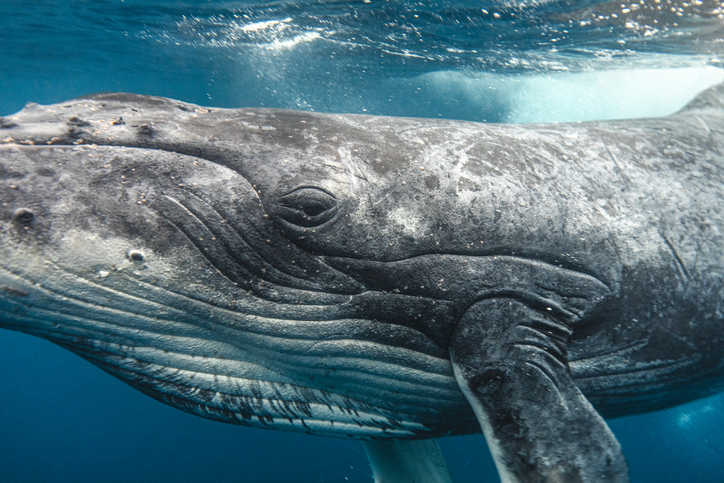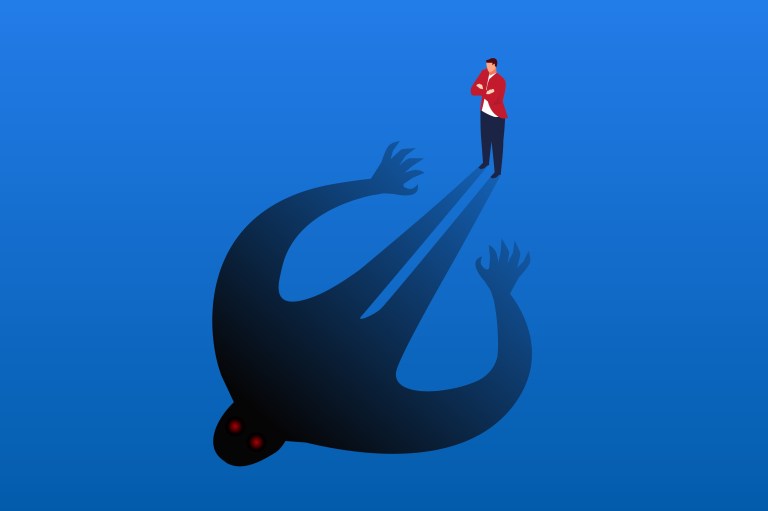This past spring, a video of a man performing spinal manipulation on an apparently grateful giraffe went viral, introducing millions to Joren Whitley: chiropractor to the animals. If you’re just now realizing that animals can even have chiropractors, you’re in good company. Addressing that blind spot, as well as other commonly held misconceptions about his field, is a driving force for the 34-year-old.
Since earning his doctoral degree in 2016, Whitley has worked on monkeys, lions, bulls, and lizards. He’s tended to aging dogs, adjusted arthritic horses, and set right a show pig or two — all while maintaining a robust roster of human patients at his office in Edmond, Oklahoma.
@dr.joren_whitley My patients are just as thankful to be working with me as I am with working with them. #chiropractor #chiropractic #chiropracticcare #chiropracticwellness #giraffe
♬ original sound – Dr Joren Whitley
“What’s funny is a lot of people don’t realize that my human practice is actually bigger than my animal practice,” Whitley told Nice News, calling the latter “just a sweet spot for us, a sweet spot in our hearts.”
Going off the sheer size of his social media accounts — he boasts nearly 2 million followers on TikTok alone — it’s clearly a sweet spot in many people’s hearts. But the ones whose reactions perhaps mean the most to him are those who bring in their beloved pets as a last resort.
“I’m excited that I get to change maybe the future of how chiropractic is viewed. But I also get to change the hope and mindset of people when they go, ‘OK, the only option I have is to euthanize, or a really expensive surgery,’” Whitley shared, adding: “We’re able to give them hope again.”
Whitley began establishing his animal practice as soon as he set up shop in his home state upon graduating from Parker University in Dallas, where he’d taken animal coursework and human coursework concurrently. In Oklahoma, licensed chiropractors may treat animals if they have been referred to them by a veterinarian, but those who are certified by the state’s Board of Chiropractic Examiners, as Whitley is, do not require a referral.
That said, he stresses that many of his clients are referrals. It’s one area in which he hopes to open the eyes of critics who mistakenly believe that his work aims to take the place of a vet visit. “There’s a beautiful relationship between chiropractic and veterinary medicine,” he explained, adding: “We have veterinarians that bring their dogs in. Because they’re like, ‘Hey, look, you do something I don’t do and you’re a specialist in this, and you can do it, and I’m learning from you.’”
@dr.joren_whitley Chiropractic! #animalchiropractic #animallover#animal #oklahoma #fyp#crackmyback #adjustment #chiropractor #chiropracticadjustment #drwhitley#ellen
♬ original sound – Dr Joren Whitley
Whitley is also applying his expertise outside of the clinic. After working on a lizard he’d met at Petco in the early days of his career, he became interested in exotics, so he introduced himself at the local zoo and became its official chiropractor. Next, he began leading a lab at Oklahoma State University’s veterinary school, and soon, an animal conservationist had invited him to South Africa to teach students and work on lions, zebras, Cape buffalo, gazelles, and wild giraffes.
It’s easy to understand how a zoologist or veterinarian might recognize that something is amiss with an animal’s spine that would require the help of a chiropractor, but how does a dog or cat owner know to bring in their pet?
“Part of that is, I think, patient education. So that’s why I want to educate more on what to look for,” said Whitley, pointing out that there are several issues that may indicate an animal could benefit from a trip to a chiropractor, including gait abnormalities, a head tilt, and change in the way a pet is sitting.
“What’s been great about what we do is we are able to put more educational pieces out there to show people: If you see that your dog used to jump on the bed and now they won’t, and they ask for help, maybe that’s a sign they’re in pain and they could use a chiropractic adjustment,” he explained.
“We’ve had people come in ,and they bring their dogs in crying, and they leave crying because their dog is happy and walking out, and they have hope,” Whitley shared. “That is, I can’t explain the feeling, but it’s like, this is my purpose. This is my calling.”











